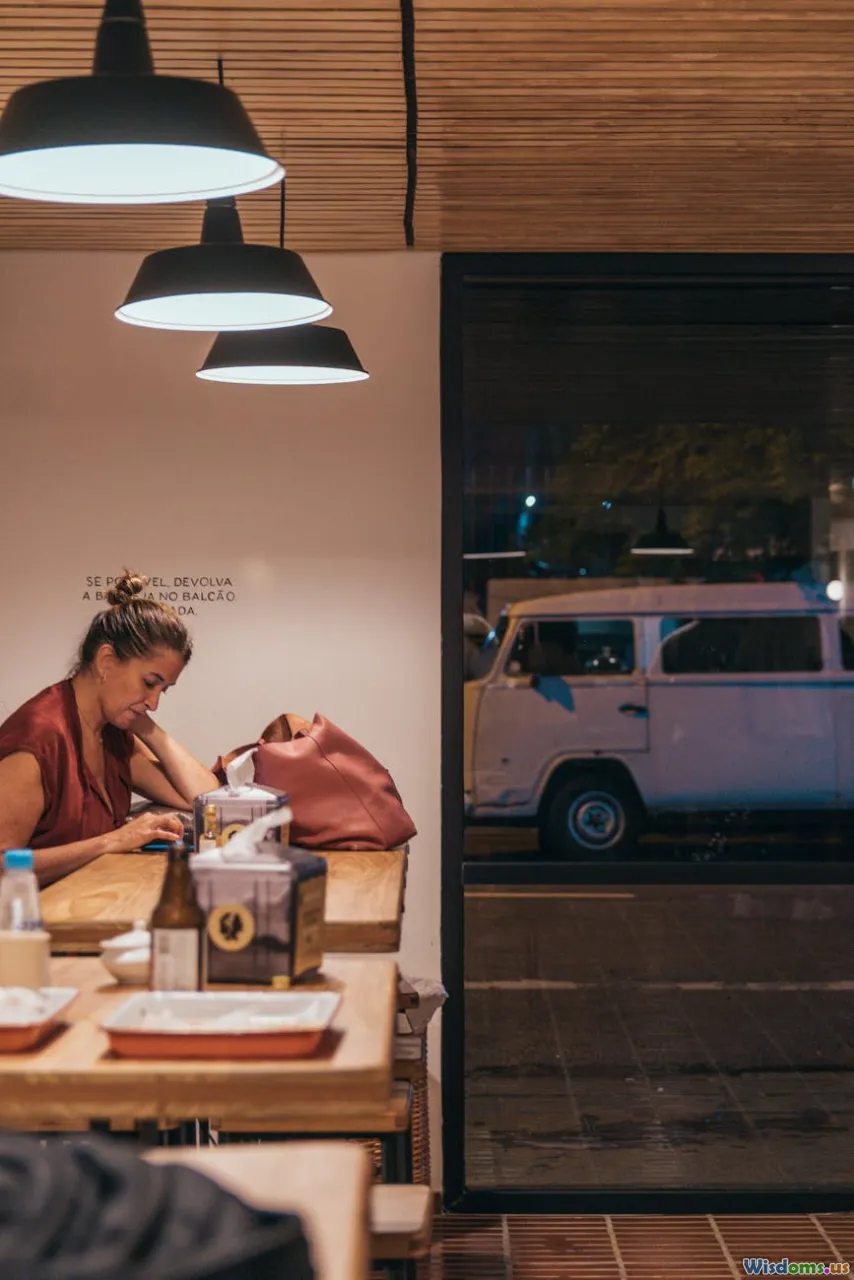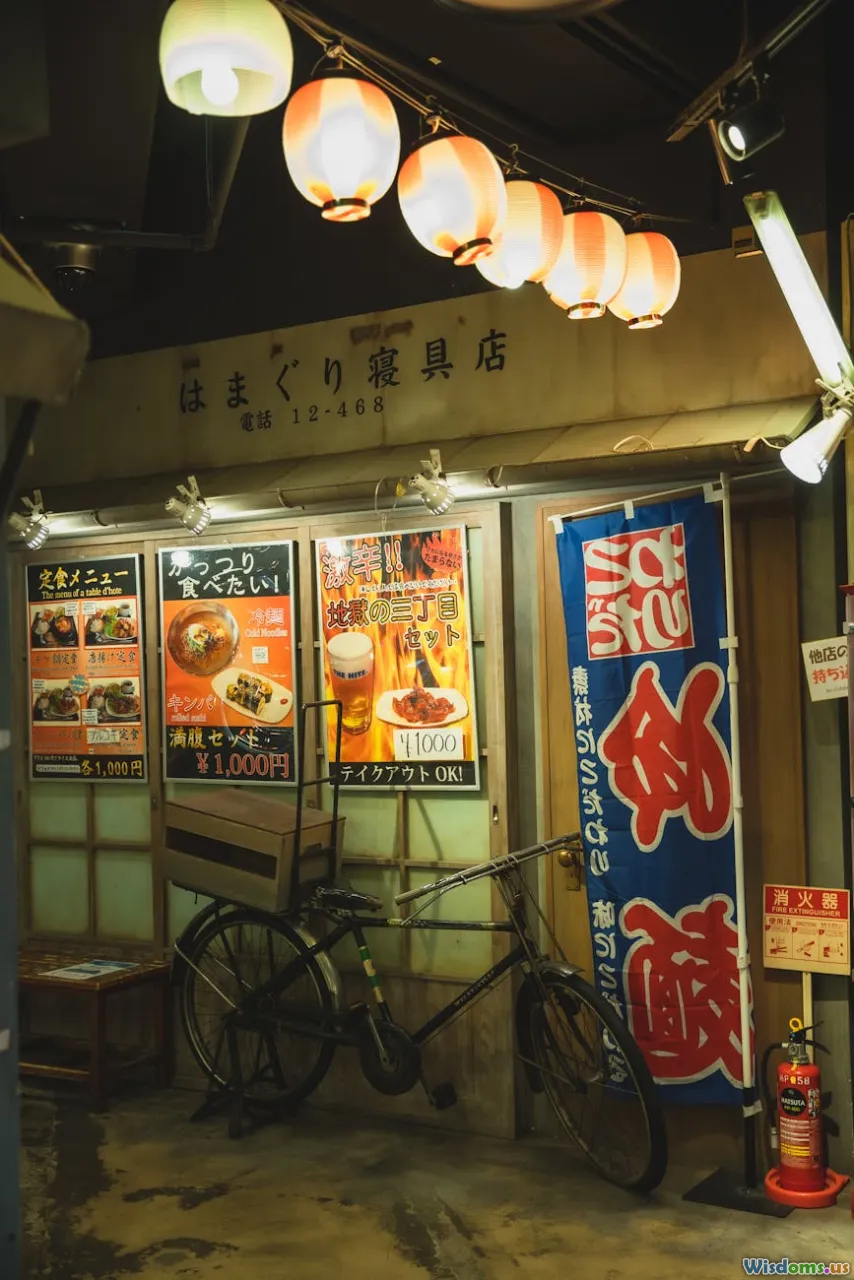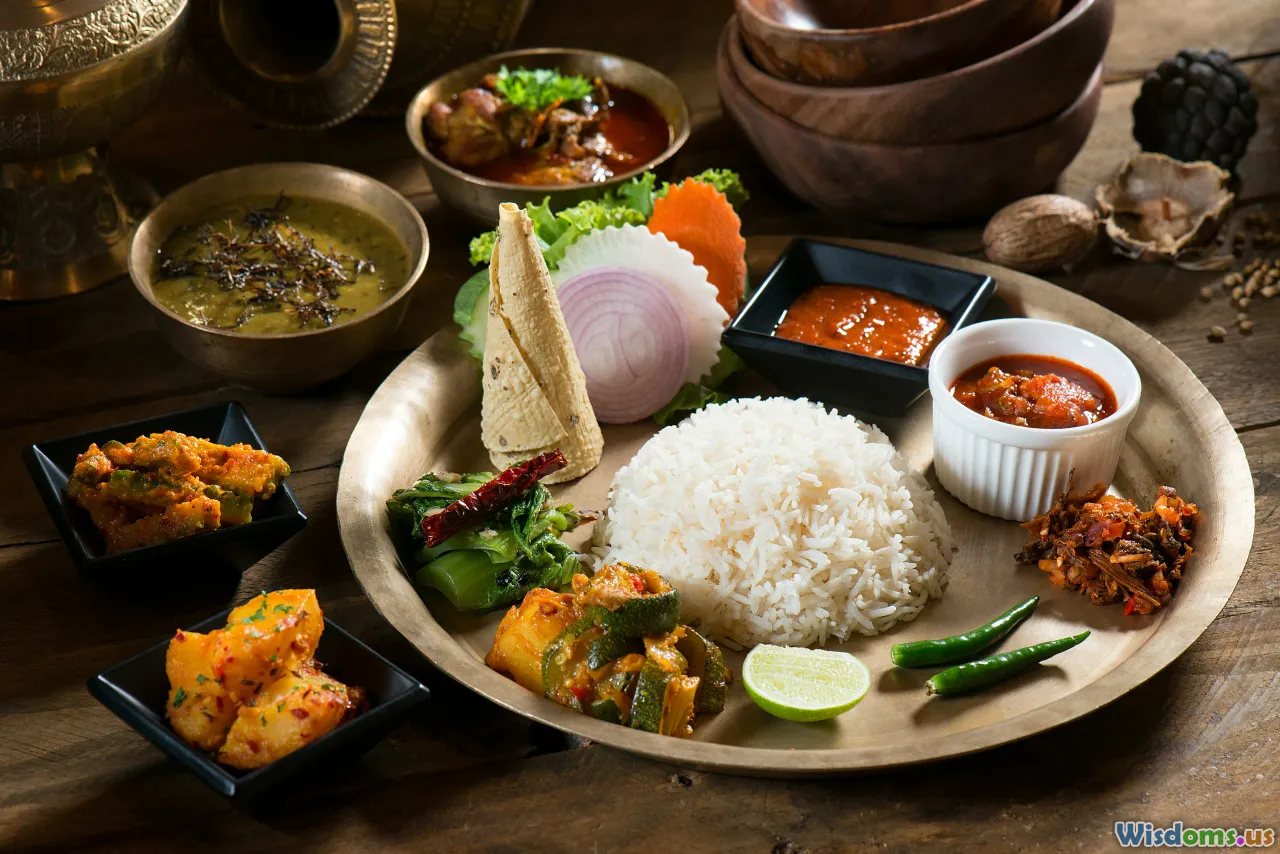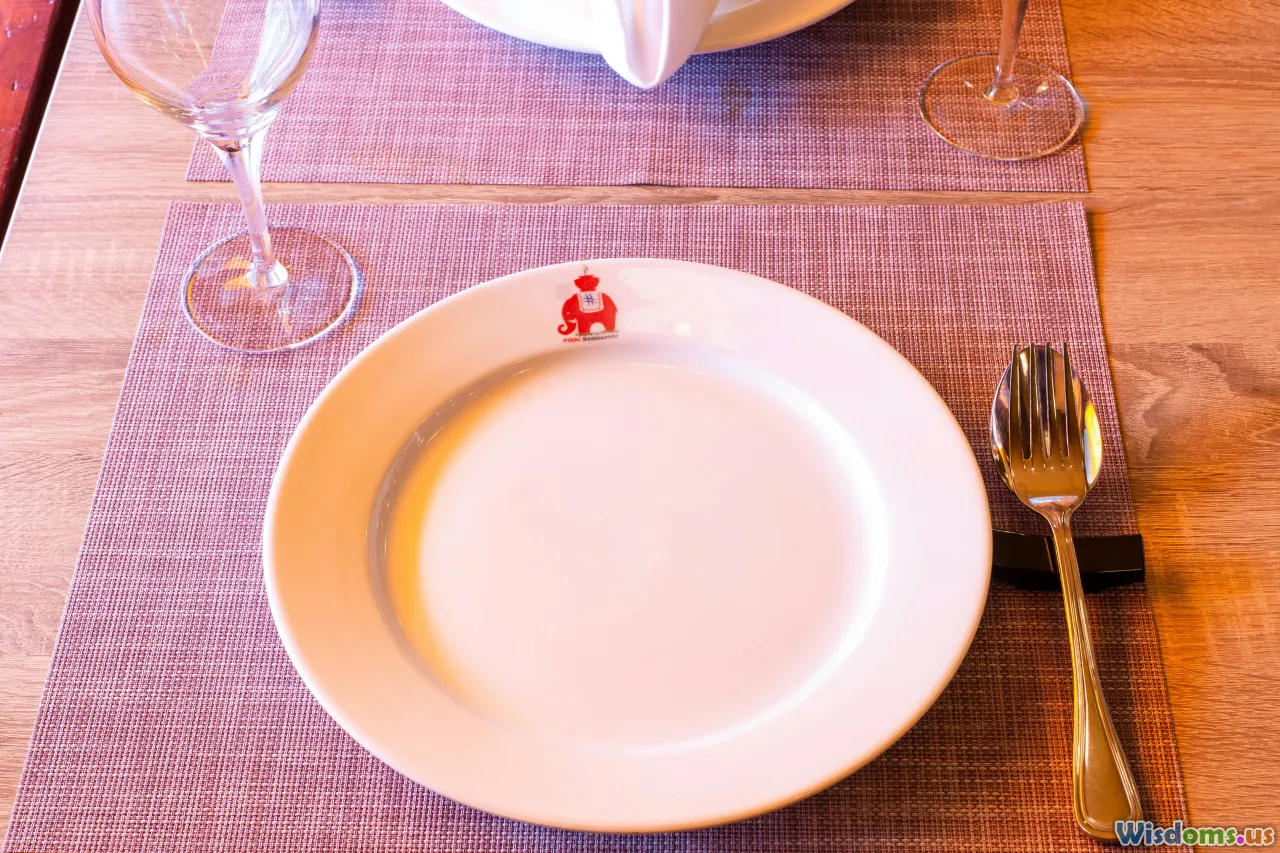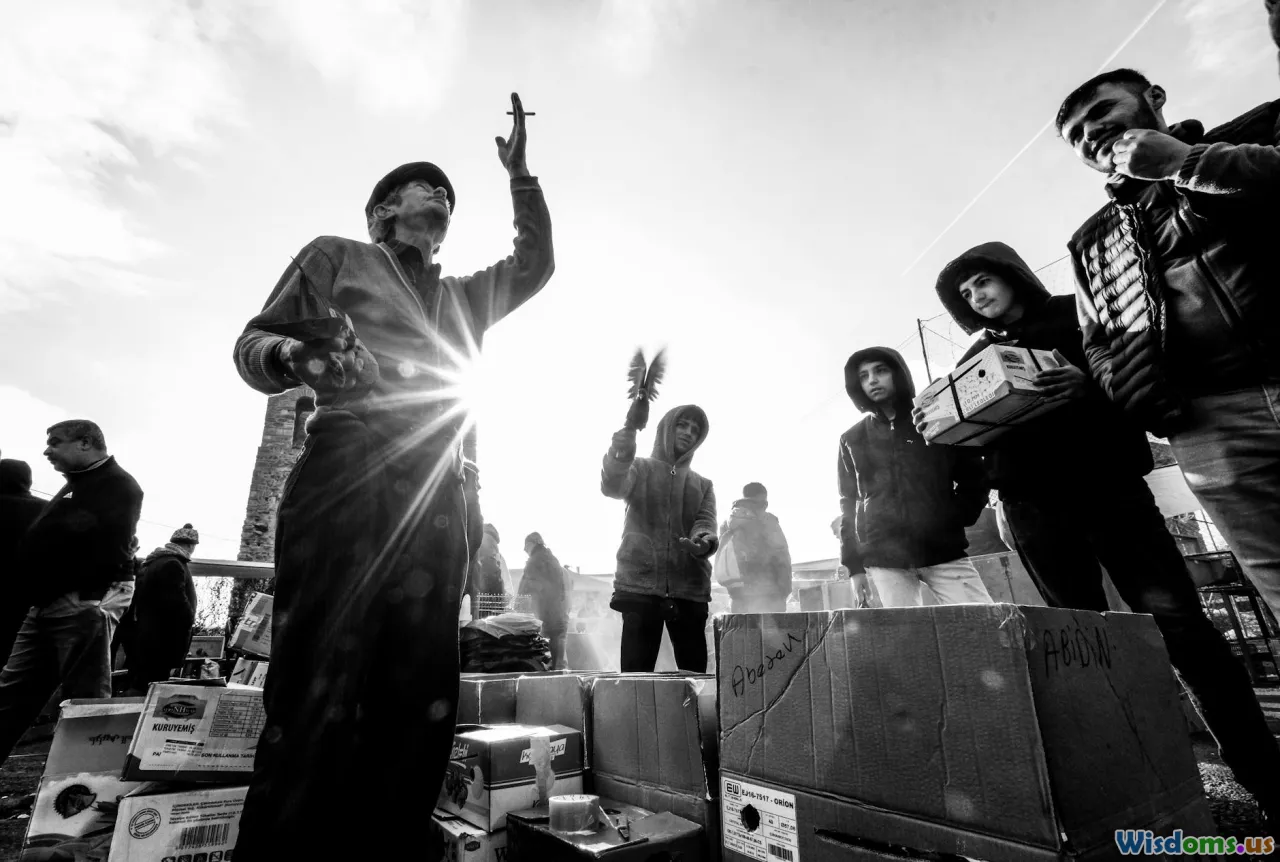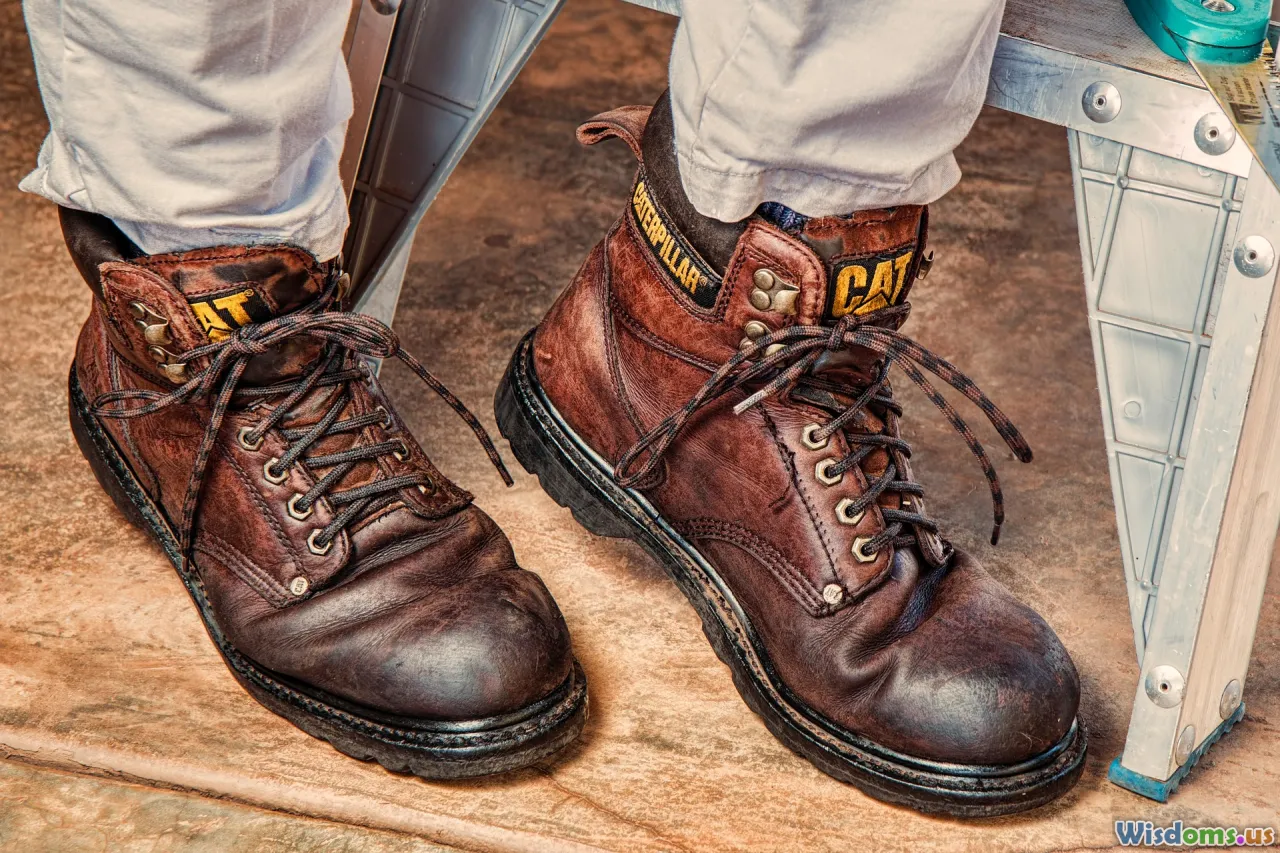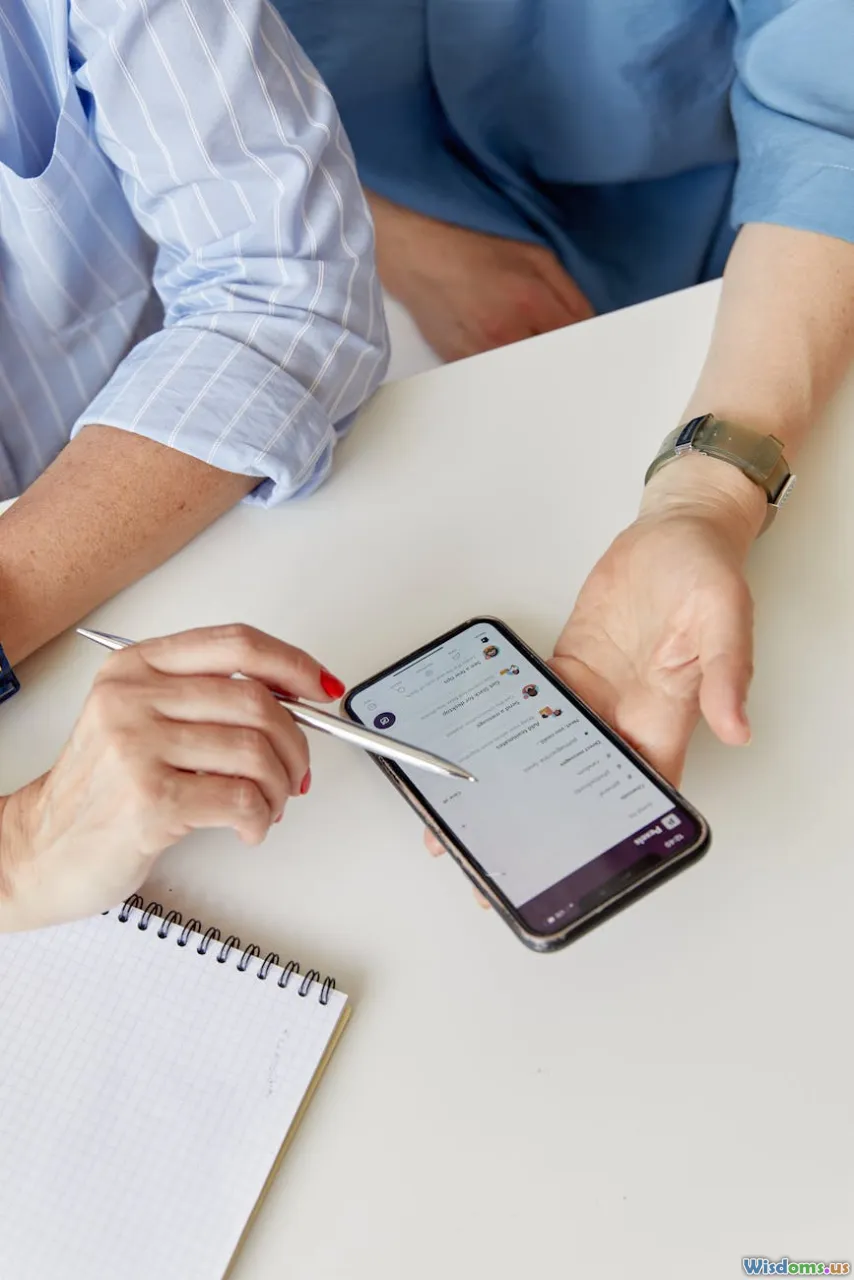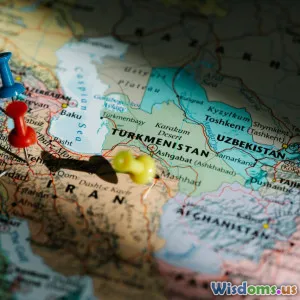
Mastering the Art of Solo Dining Abroad
15 min read Discover tips and etiquette for solo dining abroad to fully enjoy global culinary adventures on your own. (0 Reviews)
Mastering the Art of Solo Dining Abroad
There’s a certain thrill in finding yourself at a small, bustling eatery in a foreign country—alone, yet delightfully immersed in local flavors and rhythms. Solo dining abroad isn’t just a necessity for solo travelers; it’s a practice that can lead to some of the most memorable, eye-opening, and enriching experiences on a journey. Whether you’re a veteran globetrotter or planning your first trip by yourself, understanding how to dine confidently and enjoyably alone can transform both the meal and your entire travel experience.
Embracing the Solo Table 
Solo diners often wrestle with feelings of apprehension—will I look lonely? Will I get odd looks? The truth is, solo dining is more common (and more celebrated) than ever, especially in international contexts. In Tokyo, Japan, for example, restaurants like Ichiran Ramen intentionally cater to individual diners, providing partitioned booths and personalized service to encourage savoring the meal in peace. In European cafés—be it Paris, Vienna, or Barcelona—it’s common to see someone sipping espresso with a book in hand or simply watching street life unfold.
Consider shifting your outlook: a solo table isn’t a seat of solitude, but of opportunity. You’ll find time to savor flavors, observe local rituals, and immerse yourself in the ambient music of the city. For many, solo dining is not just tolerated—it’s chic, a tribute to independence and curiosity.
Choosing the Right Spot: Reading the Room 
Where you choose to dine can define your experience, especially when alone. Some restaurants radiate a convivial, group-centric spirit that might make a solo diner feel out of place, while others welcome singles with open arms. Take tapas bars in Madrid, where hopping from one bar to another and sampling small plates is a normal, even encouraged, way to dine alone.
To successfully "read the room":
- Scout Menus and Layouts: Look for spots with counter or communal seating. Sushi bars in Tokyo and izakayas (Japanese pubs) offer engaging counter experiences, as do Italian espresso bars or taco stalls in Mexico City.
- Assess Vibes Through Reviews: Apps like Google Maps or TripAdvisor often specify if a spot is ‘solo-friendly’ or busy. Look for places praised for their hospitality.
- Visit During Off-Peak Hours: You’ll avoid crowds and likely receive more personalized attention, which can enhance your comfort.
Try smaller, family-run diners where the chef might step out to chat, or food markets where you can sample varied bites—like Singapore’s hawker centers or Hanoi’s street-side pho stalls. Often, you’ll get insider tips from locals or spark spontaneous conversations.
Overcoming Self-Consciousness: The Mindset Shift 
Dining alone overseas, especially in countries with strong communal eating cultures, might trigger anxiety or fear of standing out. However, mindset is your most important ally.
Practical tips to quell self-consciousness:
- Bring a Conversation Piece: A travel journal, a paperback novel, or even a sketchbook are effective icebreakers and distractions.
- Practice Self-Compassion: Ask yourself, "Does anyone really care?" Most diners are absorbed in their own company or companions.
- Understand Cultural Norms: In many countries—like Germany or France—it’s perfectly normal for solo diners to linger at a table. A 2022 survey in The Guardian found nearly 75% of surveyed solo female travelers reported positive solo dining experiences in Mediterranean Europe.
- Fake it ‘Til You Make it: Appear relaxed and confident, even if you feel otherwise. Often, genuine ease follows—and staff treat you as welcomed guest, not a curiosity.
Crafting the Perfect Order: Exploring Cuisine Without Limits 
The solo table offers ultimate culinary freedom. You’re free from group compromises or dietary caveats. Want a second appetizer or a daring local specialty? Go for it. Here’s how to amplify your experience:
- Ask Staff for Recommendations: Many enjoy guiding solo travelers toward their finest dishes, or small-plate ‘samplers’ that can’t feed a crowd but are ideal for one.
- Try Local Tapas or Small Plates: Many global cuisines shine in dishes meant for sampling, like mezze in the Middle East, pintxos in San Sebastián, or banchan in South Korea.
- Opt for Tasting Menus or Chef’s Choice: Tasting menus in cities like Paris or Bangkok are often available in half-portions for solo diners. Many of Bangkok’s famed street food stalls with Michelin recognition are overwhelmingly solo-diner friendly.
- Share the Adventure Online: If it’s your thing, documenting your meal on Instagram or a travel blog opens new dimensions—local chefs and fellow diners often chime in with comments or advice.
Embrace the freedom of ordering what you truly want, at your own pace, without compromise.
Navigating Manners and Etiquette 
Dining etiquette can differ sharply between countries and is especially important when you’re representing yourself as a guest in a foreign culture. Juxtapose the informality of street food in Bangkok with the ritualized hospitality of Japanese kaiseki or the structured order of a Parisian brasserie.
Key etiquette points to navigate solo dining abroad:
- Table Reservations: In high-demand cities like Rome or London, solo diners often get last-minute seats or a cozy nook—call ahead with “table for one.”
- Tipping: In the U.S., tipping is a standard 15–20%. In Japan, it’s not just unnecessary, but may confuse staff. Research practices prior to traveling.
- Handling Social Invitations: Some cultures (like in the Middle East) may invite solo diners at adjacent tables to join them. If welcomed, this might be an opportunity—otherwise, a polite refusal with a smile is universally accepted.
- Meal Pacing: Don’t rush in cultures where the meal is sacred time. In Spain, lunch can unfold over hours. In Vietnam, a bowl of pho is ideally slurped up quickly at a busy stall.
Be observant and mimic locals—this not only earns respect but lets you soak in authentic dining customs.
Making the Most of Your "Alone Together" Experience 
Solo dining abroad need not feel isolating. People-watching becomes a main course, and your senses will likely be heightened—free of conversation, every detail around you sparkles anew.
- Sit Strategically: Window seats or outdoor tables grant panoramic views of city life. In Copenhagen, many solo diners flock to communal tables for the sense of shared experience without actual conversation.
- Observe and Reflect: Take stock of your surroundings—the aroma of spices in Marrakech, jazz drifting through a New Orleans bistro, or the fashion of Parisians enjoying their café crème. Jotting down observations can make for beautiful trip memories.
- Capture Moments: A quick sketch, snapshot, or short video can become souvenirs only possible when unhurried by group chatter.
Remember, many celebrated writers and artists cultivated their insights from solo café hours; treat your time dining alone as creative incubation.
Breaking Barriers: Starting Conversations and Making Friends 
A solo diner is both independent and approachable—if you want company, it’s yours for the taking. Dining alone opens doors to cultural exchanges you might have missed in a group.
Actionable strategies:
- Engage With Staff: Ask servers about the restaurant’s story or origins of certain dishes. Bartenders and baristas in cities like Melbourne or New York often have incredible local tips.
- Join Communal Tables or Tasting Events: In beer halls in Munich or food tours in Lima, solo diners naturally intermingle. Notable organizations like Eatwith and BonAppetour connect solo travelers with local hosts for shared meals around the table.
- Strike Up Conversations With Other Diners (When Appropriate): Solo travelers are often greeted with curiosity; a simple “What are you having?” can spark connections.
- Use Language Basics: Even a few phrases—in Italian, “Che cosa mi consiglia?” (What do you recommend?)—breaks the ice.
It’s your choice: relish solitude, or seize spontaneous friendships.
Safety and Comfort: Practical Considerations 
While solo dining is liberating, staying safe and comfortable is paramount—especially in unfamiliar territories or late-night spots.
Key safety tips:
- Keep Belongings Secure: Crossbody bags or discreet money belts are helpful. In crowded street food markets, stay aware of your bag and phone.
- Designate a Meeting Point: If you’re connecting with new friends or joining group meals, always let someone know your plans or set check-ins with friends back home.
- Research Neighborhoods: Some cities have vibrant food and nightlife scenes but can pose challenges for solo diners late at night—do advance research or ask staff for advice.
- Trust Instincts: If a place feels off, don’t hesitate to leave. Choose well-reviewed, busy spots where solo diners are easily accommodated.
Peace of mind makes the sensory joys of food and place all the sharper.
Technology as a Solo Diner’s Secret Weapon 
Digital tools are revolutionizing solo dining abroad. A smartphone extends your social circle, helps you overcome language barriers, and fine-tunes every culinary adventure.
Apps and tools to use:
- Translation Apps: Google Translate or iTranslate allow you to decipher menus, ask for dietary adjustments, or chat with waiters.
- Review Platforms: Yelp, OpenTable, or Zomato help you pinpoint spots with strong solo dining reputations.
- Navigation Assistance: Google Maps for directions (and even augmented reality walking guides). Citymapper can help you plan how to get home after dinner.
- Currency Converters and Payment Apps: Understanding prices on the menu—or handling payments if cash-free—is easier than ever.
- Foodie Forums and Social Networks: Connect with other solo diners in online groups or local forums. Apps like Meetup sometimes host food events oriented toward travelers.
More than ever, technology empowers solo travelers to eat well, connect, and venture confidently—anywhere and everywhere.
Dining alone abroad is less an act of isolation, more a masterclass in savoring the world one flavor, one ritual, one moment at a time. Emboldened by new perspectives, you’ll return home with richer memories—and, perhaps, the secret recipe for genuine wanderlust. The solo table might just be the most rewarding destination of all.
Rate the Post
User Reviews
Popular Posts










